EXCLUSIVE: New USA Made ESEE Blades Coming in 2016
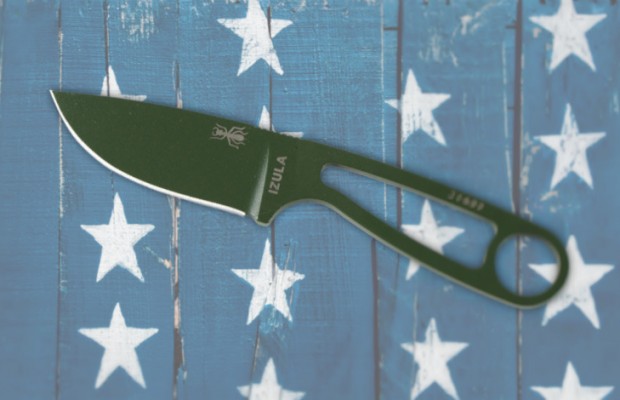
2015 has been another banner year for ESEE Knives. They’ve been working hard on what Co-Founder Mike Perrin calls “the meat and potatoes of running a company that people don’t see.” ESEE decreased their reliance on foreign suppliers and moved to a much larger manufacturing facility this year. They also launched two models in a new series of knives aimed at traditional bushcrafting, with more on the way. “We don’t have a lot of new bells and whistles, so to speak; we’re stepping into the next level of manufacturing. It’s been behind the scenes growth,” Perrin said.
“The bushcraft community..wants uncoated knives”
ESEE’s new Camp-Lore Knives, which hit the market this year, aim to fill a role that their powder-coated survival knives do not: traditional bushcraft. “The bushcraft community, as a general rule, wants uncoated knives,” said Perrin. “It’s more traditional, and they like to be able to use the spine of the knife for scraping.” So, for the Camp-Lore blades, ESEE kept the same proven 1095 steel but ditched the rust-resistant coating. Instead, Perrin encourages buyers to either oil them regularly or “apply their own patina” to resist rust.
New 2016 Fixed Blade
Each knife in the Camp-Lore series is made in collaboration with a different designer, including survival expert Dave Canterbury and knife maker James Gibson. A yet-unnamed knife in the series, which Perrin hinted would be revealed in the spring, came from an unexpected source. “Shon Rowen – he’s the guy who makes our knives – his son Cody designed it. He walked into a show last year with it and we said ‘wow, that will sell.’” The knife should hit a sweet spot for those who like to carry a small fixed blade every day. “It’s a real simple uncoated bird & trout knife with about a 2.5-inch long blade. You can slip in your pocket almost as easy as a ballpoint pen,” said Perrin.
“We’re trying to pull everything back into the United States”
“Our knives have always been made in the USA, but we’re trying wherever possible to source everything from the sheath and sewn goods to the packaging here as well,” said Perrin. “We’re trying to pull everything back into the United States. We figured out that small US companies can compete with overseas labor; their overhead is low and they can innovate quickly.” Although it was challenging to find new vendors and sew shops for their sheath attachments without interrupting the production schedule, Perrin is proud to be able to keep more of his business domestic.
Is a Folding Izula on the Horizon?
Alongside the changes in ESEE’s supply chain, there have been a few changes for Idaho-based Rowen Manufacturing, who makes all their knives. “Rowen Manufacturing has quadrupled the size of their facility this last year,” said Perrin. “We’ll have greater capacity, shorter lead times on production runs, and it may open up space for new products.” When asked about the possibility of a folding Izula, which had ESEE fans electrified after a prototype was shown at Blade Show 2014, Perrin chuckled, saying, “For the life of me I can’t tell you when that will ever be made. Now that Rowen’s got a bigger shop, maybe we can make something happen in the next year, find a corner somewhere to do the tooling … It’s not something we’ve said we won’t ever do, we just couldn’t get a firm target date due to a lot of delays, like construction.”
What It Takes to Make in America
In the meantime, ESEE isn’t having any trouble selling knives. “The Izula has been really popular; we’re shipped well over 80,000 of them by now,” said Perrin.
“If you’re going to build in the USA, here’s what it takes: you have to find vendors to build product, you have to find sources for material, you have to handle customer service well after the sale, and you have to battle the counterfeiters. People appreciate the knife, but there’s a lot behind it that’s still very important.”
Knife Featured in Image: ESEE IZULA


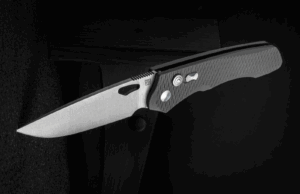
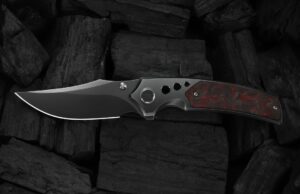

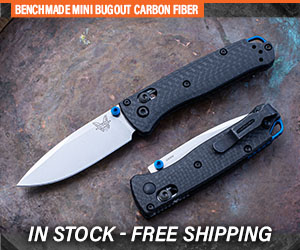
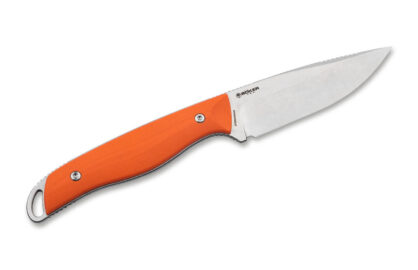




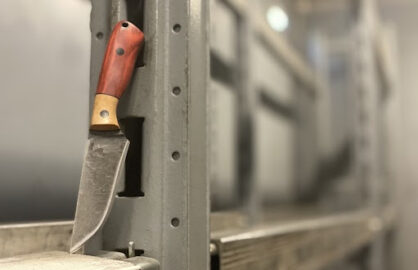
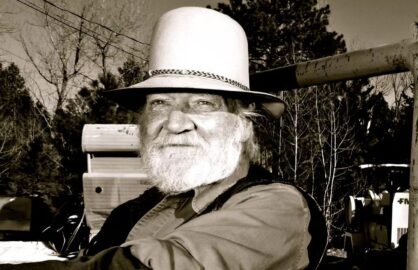
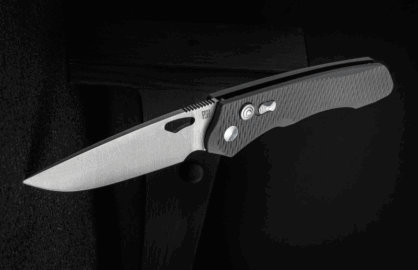
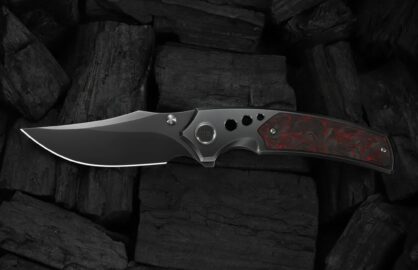
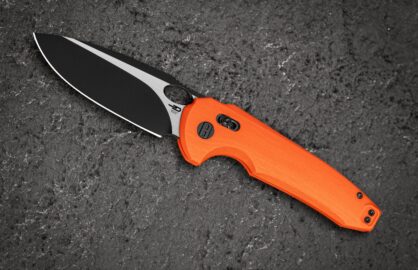

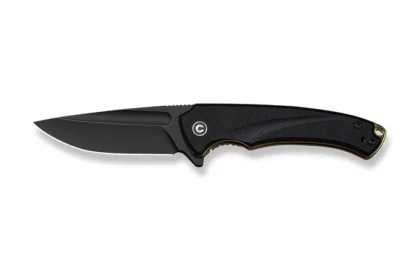



15 Facebook Comments